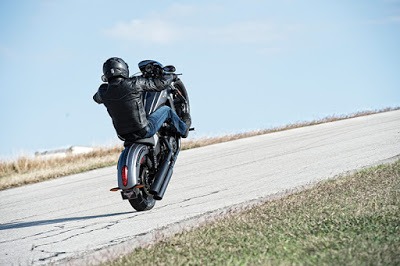The V-Twin engine is a type of motorcycle engine that has played a significant role in the history of motorcycling. Characterized by its V-shaped cylinder configuration, the V-Twin engine is known for its power, reliability, and distinctive sound.

The origins of the V-Twin engine can be traced back to the late 19th century, when several motorcycle manufacturers began experimenting with V-shaped engine configurations. One of the first successful V-Twin engines was developed by the Indian Motorcycle Company in 1907. The engine, which was called the Powerplus, was a 60-degree V-Twin that was used in several of Indian’s motorcycle models.

In the 1920s, the Harley-Davidson Motor Company introduced its own version of the V-Twin engine, which became the hallmark of the brand. The Harley-Davidson V-Twin, which was a 45-degree engine, was used in a wide range of the company’s motorcycle models and became known for its power and reliability.
Throughout the 20th century, the V-Twin engine became increasingly popular among motorcycle manufacturers, and it is now one of the most common engine configurations in the industry. Today, V-Twin engines are used in a wide range of motorcycle models and are known for their power, reliability, and distinctive sound.
In conclusion, the V-Twin engine has a long and fascinating history in the world of motorcycling. Its power, reliability, and distinctive sound have made it a popular choice among motorcycle manufacturers and riders alike.





